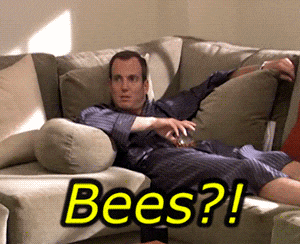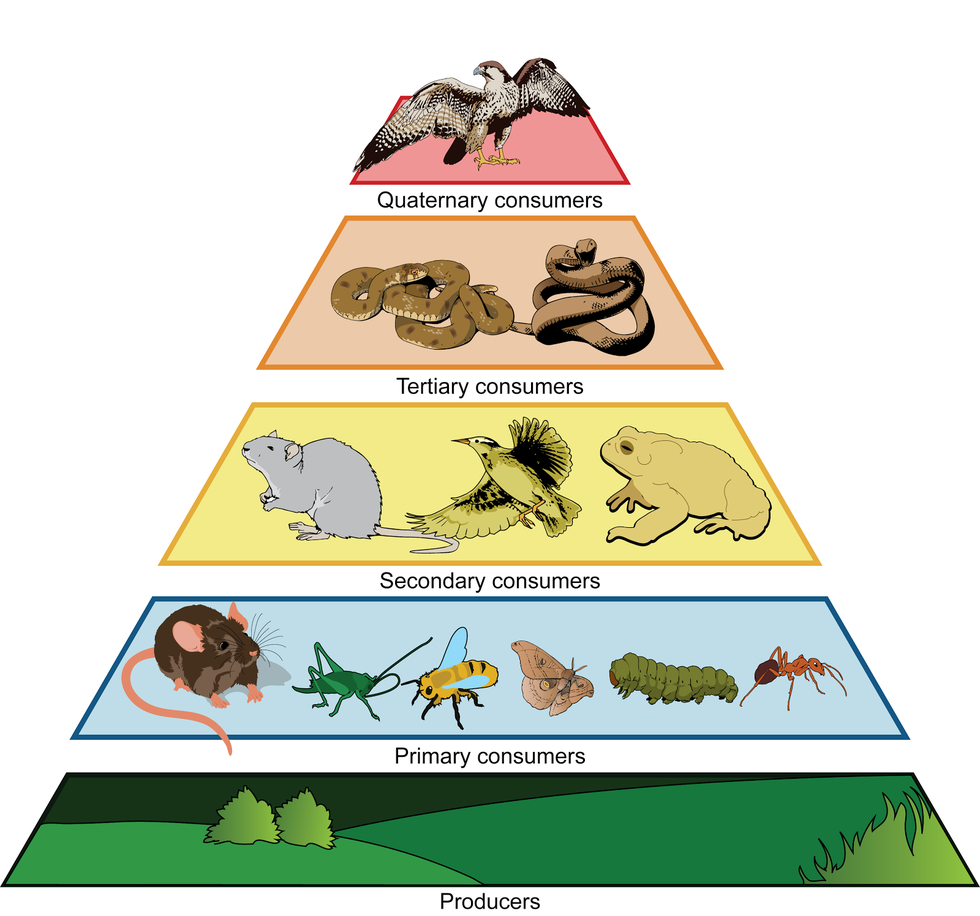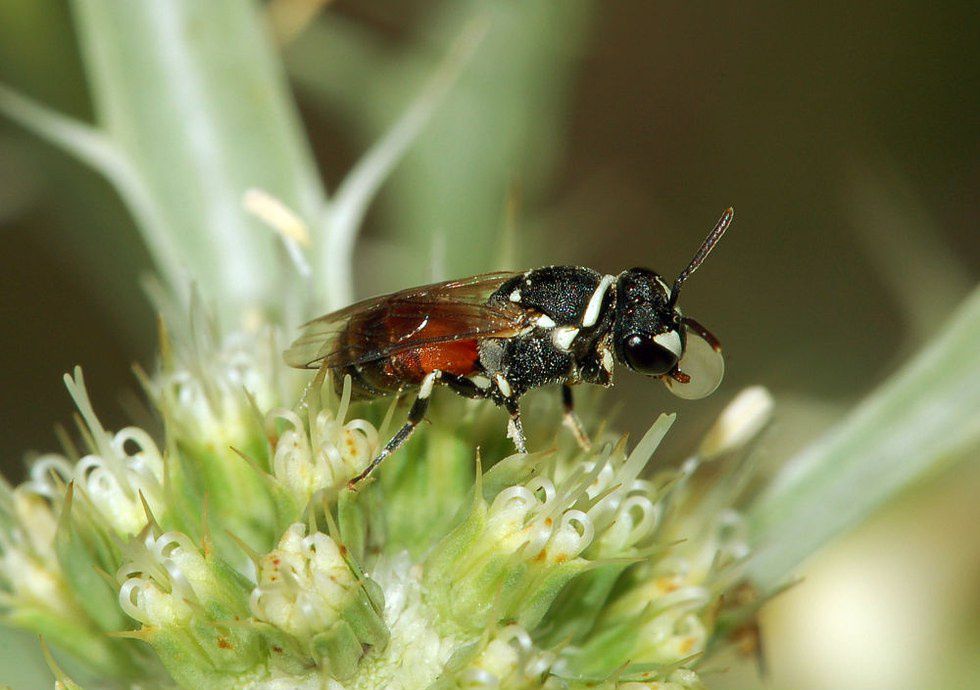On September 30th of this year, the United States Department of Fish And Wildlife Services made the determination that seven species of yellow-faced bees, all endemic to Hawaii, would be added to the list of endangered species protected under the Endangered Species Act. By Placing these bees under the Endangered Species Act, better actions and plans can be put in place to protect not only these bees, but the habitats that they reside in.
But why exactly should wecare about all these bees? What’s the fuss about a few insects? Well, for one thing, the survival of the human species. Then there’s the continued existence of 90% of our natural ecosystems. Are you interested now? Then here we go.
Do you like your food? Most of us do, and we have bees to thank for one third of all food that we eat which comes to us through pollination, specifically pollination by bees. Not only that, but much of the food that our food eats also relies on bees for pollination. Food development would be near impossible without the help of pollinators like bees. When a plant flowers, the pollinator brings pollen from another flower of the same species. If the flower accepts the pollen, fruit will begin to form. This is effectively the same process that animals go through to have offspring, but there usually isn’t a third party involved...usually. When you take the pollinator out of the picture, the pollination process becomes much more difficult, nearly impossible.
Our wild spaces are even more affected by the loss of bees. Roughly 90% of plants in the wild rely on different species of bees, and those populations would die off quickly if bees were to disappear. If 90% of the plants on our planet were to die off, we would quickly lose biodiversity due to trophic collapse.
In a trophic pyramid, bees fall in the category of primary consumers, or those who eat plants. These are often also those who pollinate plants. Bees would be considered a keystone species, or a species that has extreme impact on their ecosystem. Removing a keystone species means a total collapse of that ecosystem.
Bees around the world have been going through CCD, Colony Collapse Disorder, for several different reasons. The worker bees abandon the hive and the queen, often disappearing without a trace. Several theories have been posed as reasons for these mass disappearances. One is that pesticides are killing off bees in droves. The pesticides are brought back into the hive through pollen, which is used as food. The toxic pollen kills off the larvae, all but ensuring the death of the hive. Another theory is that climate change is impacting the natural navigation system of the bees and they simply cannot navigate their way back to the hive. Both of these theories are widely accepted options, with scientific evidence to support both. A third theory, one far more “out there," is that bees are an alien species and they are returning home. Not alien as in, they come from a different ecosystem, but alien as in, from outer space. Again, while this theory is considerably more difficult to believe in, there is some evidence to support this claim, specifically the fact that the bee is a physical impossibility. It’s body shape and size, in combination with the small size of it’s wings, means that most species of bees shouldn’t be able to fly. But this is a question for someone more intelligent than I to answer.






















